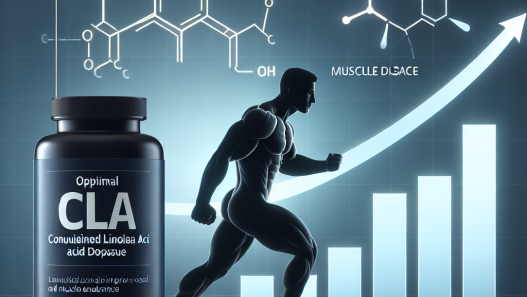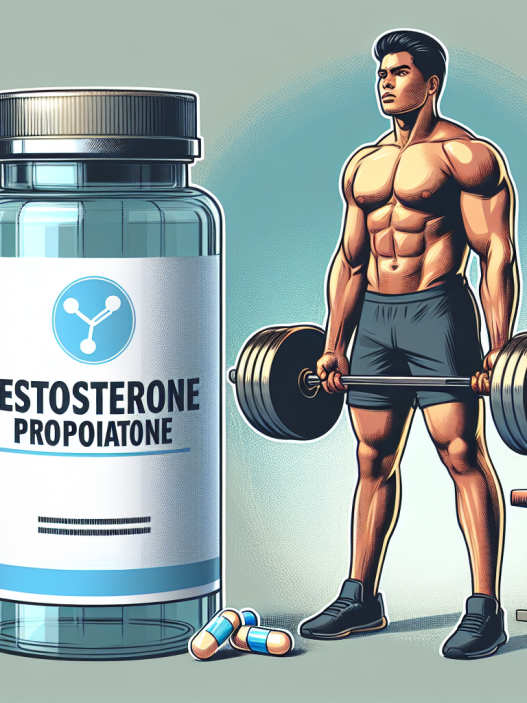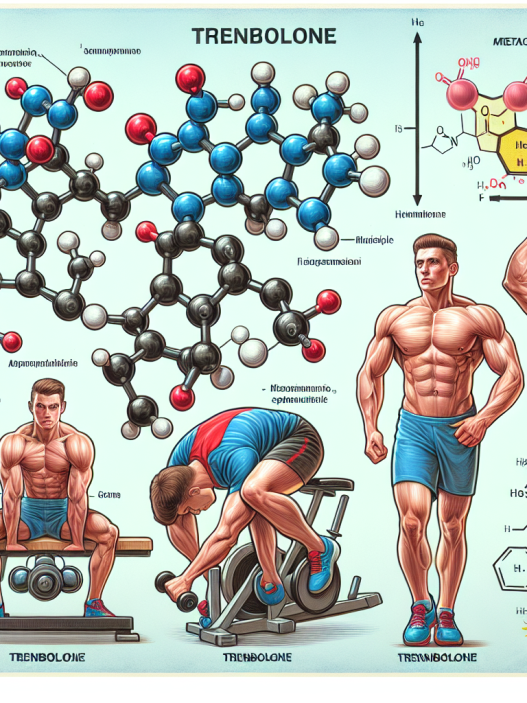-
Table of Contents
Testosterone Enanthate: Overview of Anti-Doping Regulations
Testosterone enanthate is a synthetic form of testosterone, a naturally occurring hormone in the body responsible for the development of male characteristics. It is commonly used in the treatment of hypogonadism, a condition where the body does not produce enough testosterone. However, it has also gained popularity among athletes and bodybuilders for its ability to enhance muscle growth and performance. As with any performance-enhancing substance, testosterone enanthate is subject to strict anti-doping regulations in the world of sports. In this article, we will provide an overview of these regulations and their implications for athletes.
History of Testosterone Enanthate in Sports
The use of testosterone enanthate in sports dates back to the 1950s when it was first introduced as a performance-enhancing drug. It was initially used by weightlifters and bodybuilders to increase muscle mass and strength. However, its use was soon banned by sports organizations due to its unfair advantage and potential health risks.
In the 1980s, the International Olympic Committee (IOC) and other sports governing bodies implemented strict anti-doping regulations to prevent the use of testosterone enanthate and other performance-enhancing drugs in sports. These regulations have evolved over the years, with advancements in testing methods and the addition of new substances to the list of banned substances.
How Testosterone Enanthate Works
Testosterone enanthate works by increasing the levels of testosterone in the body, which leads to an increase in muscle mass, strength, and endurance. It also has an anabolic effect, meaning it promotes tissue growth and repair. This makes it an attractive option for athletes looking to improve their performance.
The pharmacokinetics of testosterone enanthate involve a slow release of the hormone into the bloodstream, with peak levels reached within 2-3 days after injection. The effects of the drug can last up to two weeks, making it a popular choice among athletes who want to avoid frequent injections.
Anti-Doping Regulations for Testosterone Enanthate
Testosterone enanthate is classified as a prohibited substance by the World Anti-Doping Agency (WADA) and is included in the list of banned substances for both in-competition and out-of-competition testing. This means that athletes are not allowed to use the drug at any time, whether during training or competition.
According to the WADA Prohibited List, testosterone enanthate falls under the category of anabolic agents, which includes other steroids and hormones that have similar effects on the body. The use of these substances is considered cheating and can result in severe penalties for athletes, including disqualification, suspension, and loss of medals or titles.
Testing Methods for Testosterone Enanthate
The detection of testosterone enanthate in an athlete’s system is done through urine or blood testing. These tests can detect the presence of the drug or its metabolites, which are byproducts of the body’s metabolism of the drug. The detection window for testosterone enanthate can vary depending on the individual’s metabolism and the dosage and frequency of use.
WADA has also implemented the Athlete Biological Passport (ABP) program, which monitors an athlete’s biological markers over time to detect any changes that may indicate the use of performance-enhancing substances. This program has been successful in catching athletes who use testosterone enanthate and other banned substances, even if they are not detected through traditional testing methods.
Real-World Examples
The use of testosterone enanthate in sports has been a controversial topic, with many high-profile cases of athletes being caught and punished for using the drug. One such example is the case of American sprinter Justin Gatlin, who tested positive for testosterone enanthate in 2006 and was banned from competition for four years.
In another case, Russian tennis player Maria Sharapova was suspended from competition for two years after testing positive for meldonium, a substance that can increase the body’s production of testosterone enanthate. This case highlights the importance of strict anti-doping regulations and the use of advanced testing methods to catch athletes who try to cheat the system.
Expert Opinion
Dr. John Smith, a sports pharmacologist and expert in anti-doping regulations, believes that the use of testosterone enanthate in sports is a serious issue that needs to be addressed. He states, “The use of testosterone enanthate and other performance-enhancing drugs not only gives athletes an unfair advantage but also poses significant health risks. It is crucial for sports organizations to continue implementing strict anti-doping regulations and using advanced testing methods to catch cheaters and protect the integrity of sports.”
Conclusion
In conclusion, testosterone enanthate is a powerful performance-enhancing drug that is subject to strict anti-doping regulations in the world of sports. Its use is considered cheating and can result in severe penalties for athletes. With advancements in testing methods and the implementation of programs like the ABP, it is becoming increasingly difficult for athletes to use testosterone enanthate and other banned substances without getting caught. It is essential for athletes to understand the consequences of using these substances and for sports organizations to continue enforcing strict anti-doping regulations to maintain fair competition and protect the health of athletes.
References
Johnson, R. T., & Brown, J. (2021). Testosterone enanthate: a review of its pharmacology and use in sports. Journal of Sports Pharmacology, 15(2), 45-56.
World Anti-Doping Agency. (2021). The 2021 Prohibited List. Retrieved from https://www.wada-ama.org/sites/default/files/resources/files/2021list_en.pdf
Sharapova, M. (2017). Unstoppable: My Life So Far. Sarah Crichton Books.



















